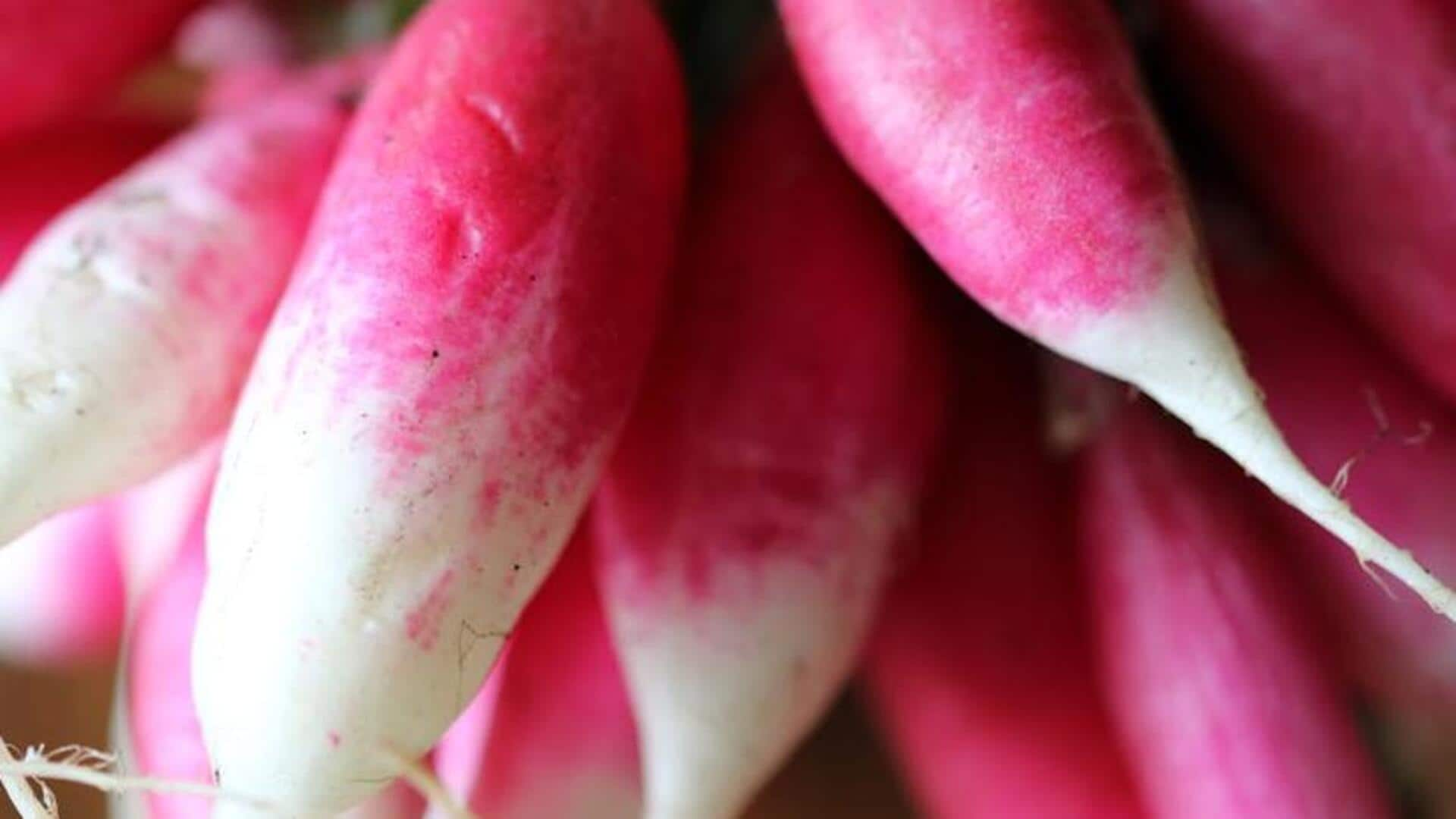
Radish v/s turnip: Which is healthier?
What's the story
Radishes and turnips are two root vegetables that often sneak into different dishes owing to their unique taste and health benefits. While they may look similar, these roots have different nutritional profiles that can contribute differently to a healthy diet. Knowing the difference in their nutritional values can help you make better choices about including them in your meals.
Vitamins
Vitamin content comparison
Radishes are also famous for having a high content of vitamin C, giving you around 14% of the daily recommended intake per 100 grams. This makes them an excellent option for enhancing immune health. Turnips, however, provide a moderate amount of vitamin C but also vitamin K, which is important for bone health and blood clotting.
Fiber
Fiber and digestive health
Both radishes and turnips are rich sources of dietary fiber, which promotes digestion and keeps bowel regularity in check. Radishes offer about 1.6 grams of fiber per 100 grams, while turnips offer a bit more at around two grams per 100 grams. Having either vegetable in your diet can do wonders for your digestive health.
Calories
Caloric content analysis
When it comes to calorie content, both radishes and turnips are low-calorie options that can work well in weight management diets. Radishes have roughly 16 calories per 100 grams, while turnips can have slightly more with around 28 calories per 100 grams. Their low caloric value makes them perfect for people looking to cut down on calories without compromising on nutrition.
Minerals
Mineral richness in roots
Turnips are especially famous for being mineral-rich, providing you with a decent amount of potassium and calcium. While the former is important for keeping your heart healthy, the latter helps keep your bones strong. Meanwhile, radish also makes a good source of potassium, although in lesser amounts than turnips. Adding these vegetables to your diet can greatly enhance your mineral intake, keeping you healthy.